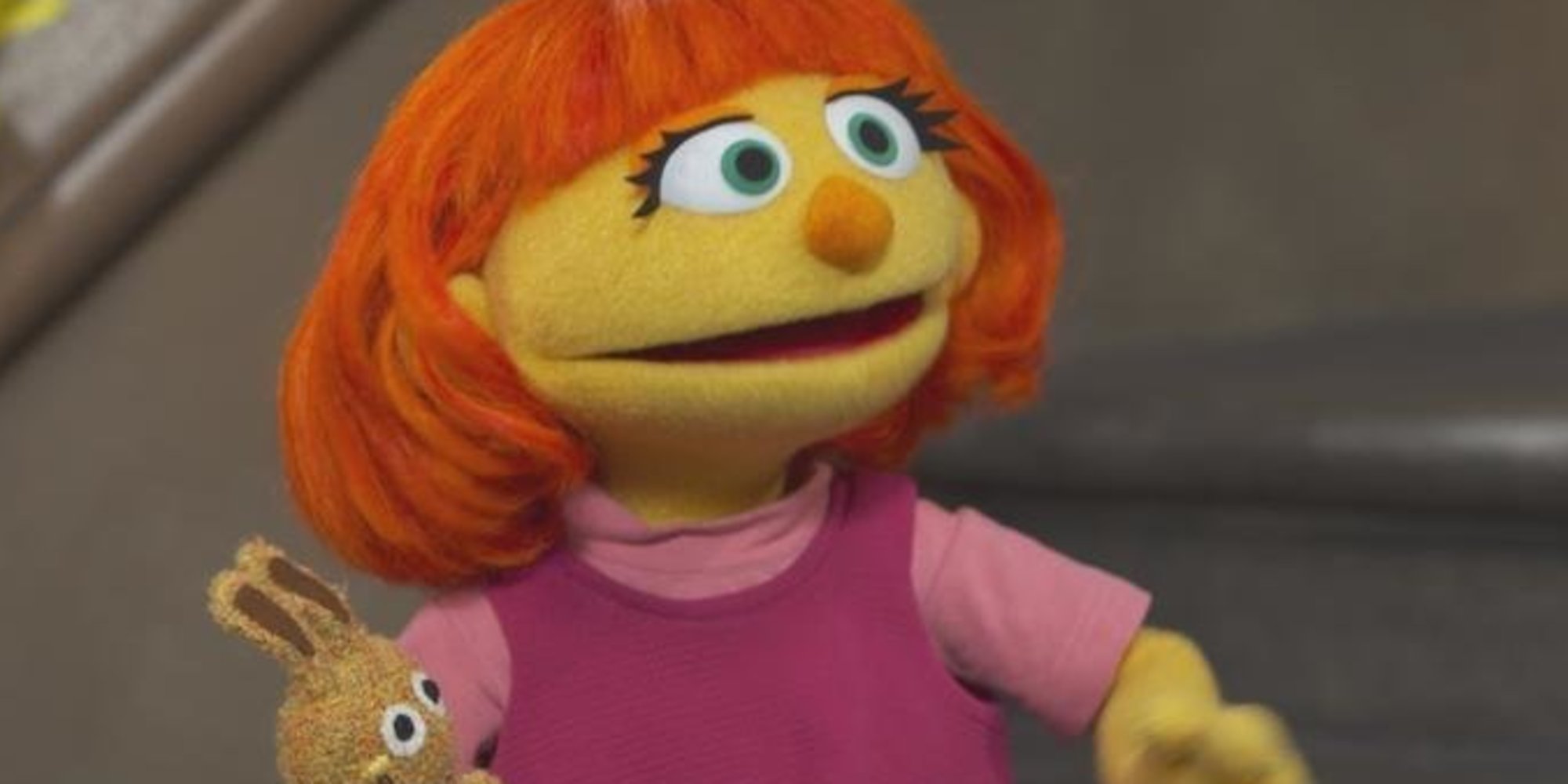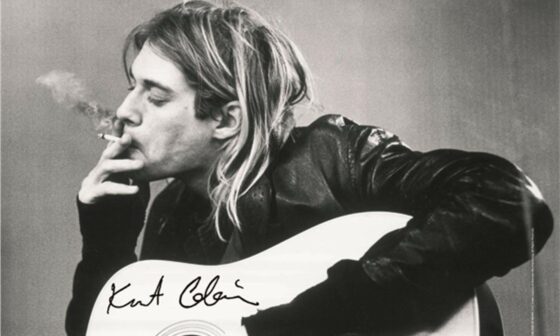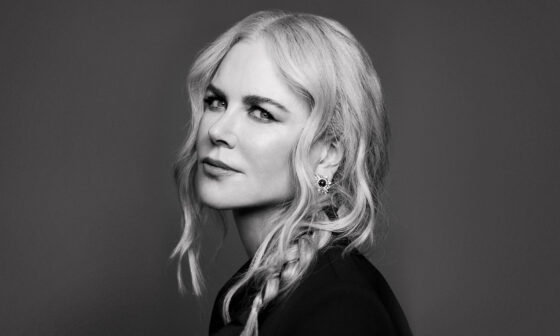
Sesame Street may have first hit the television screens at home in 1969, but it continues to lead today’s generation of children. Having spent my own diaper days watching Ernie and Bernie chat or Oscar pop out of a trash can, the show was an important part of my growing up and I’m pleased to see the show continue to develop with the growing open-mindedness of today’s audiences.
Sesame Street is now preparing to introduce their viewers to Julia, a new Muppet with autism! Viewers got a first look at the new character with CBS’ 60 Minutes, when they visited the set as Abby Cadabby and Elmo introduced Julia to Big Bird, who became confused when Julia didn’t acknowledge his greeting.
The four Muppets eventually settle on playing tag together and Julia jumps up and down with excitement, something typical of some kids with autism.
Christine Ferraro, a writer of 25 years for Sesame Street, commented on the clip: “It turns into a game where they’re all jumping like her. So, it was a very easy way to show that with a very slight accommodation, they can meet her where she is”.
Julia’s design, handled by Rollie Krewson, required more consideration and thought than the show’s previous puppets. Krewson shared that her design had multiple parts for Julia’s different moods. “When she gets upset, she flaps her hands, so she has two separate sets of arms,” he revealed. “They would switch on set”.
Tackling under representation of minorities on screen is no small feat. “I think the big discussion right at the start was, ‘How do we do this? How do we talk about autism?’” said Ferraro. “It’s tricky because autism is not one thing, because it is different for every single person who has autism. There is an expression that goes, ‘If you’ve met one person with autism, you’ve met one person with autism’”.
But it’s definitely heartwarming to see Sesame Street putting a foot forward at representing minorities with Julia, especially to younger audiences who will grow up normalizing autism.
“It means that our kids are important enough to be seen in society. Having Julia on the show and seeing all of the characters treat her with compassion – and like her – it’s huge,” shared Julia’s puppeteer Stacey Gordon, whose own son is on the autism spectrum.
“It’s important for kids without autism to see what autism can look like. Had my son’s friends been exposed to his behaviors through something they had seen on TV before they experienced them in the classroom, they might not have been frightened. They might not have been worried when he cried. They would have known that he plays in a different way and that that’s okay“.
#Peace.Love.Julia








